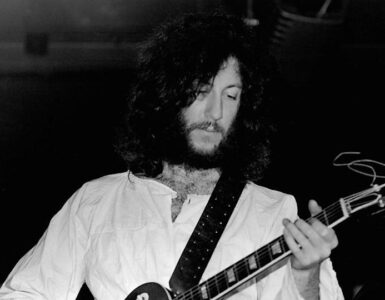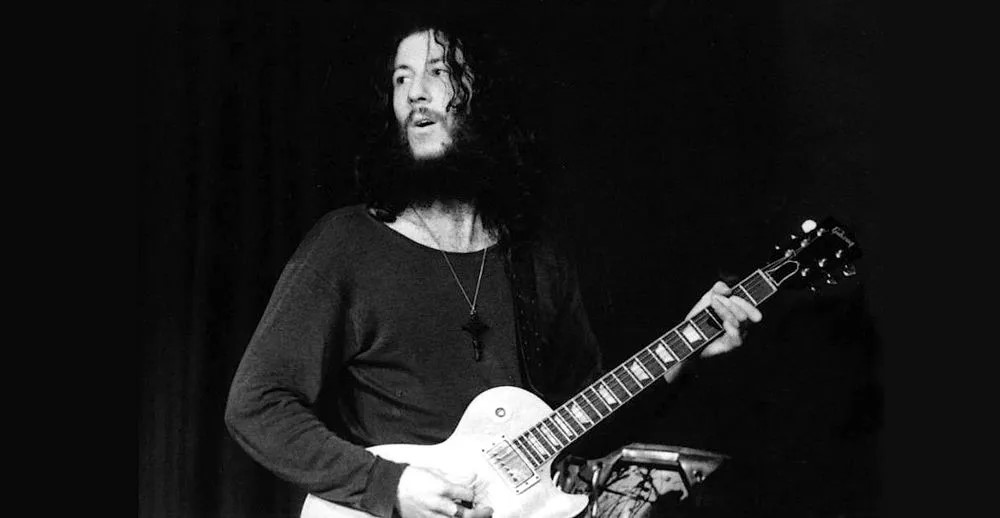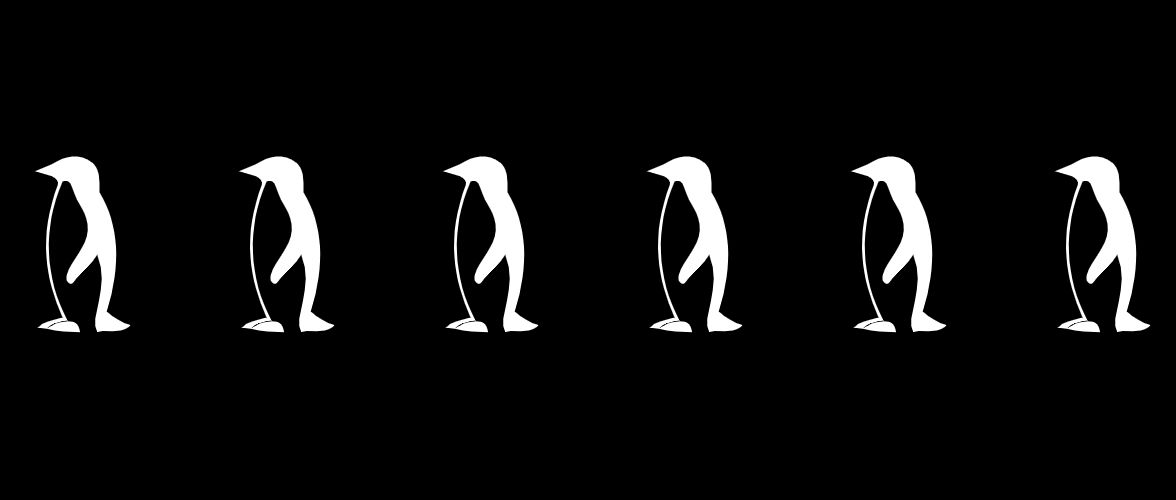The Peter Green Splinter Group: Splinter Group
Giant step back to the world for the best of the ’60s Britbluesers.
CSM meets Peter Green and Nigel Watson
YOU DON’T NEED AN ENCYCLOPEDIC KNOWledge of Peter Green’s tortured personal history to realise, within the first few bars, that you’re listening to a Major Somebody to whom an awful lot – emphasis on “awful” – has happened. The exhilaration of ’60s Britblues come from the intensity with which stroppy young geezers stormed the battlements of the blues to batter their way in from outside: the extraordinary poignancy and emotional power of this low-key, low-budget but by no means low-intensity album derives from the weatherbeaten fervour with which Peter Green sings and plays the music from the inside out, rather than from any overt displays of megawattage or fast-finger firepower.
Apart from a couple of curtain-raising acoustic studio tracks, Splinter Group was cut live with Green on vocals, guitar and harp working out on a repertoire of blues standards – three by Robert Johnson, two by Otis Rush, two by Freddie King and no Green compositions, either old or new – alongside Nigel Watson (guitar/vocals), Spike Edney (keys), Neil Murray (bass) and Cozy Powell (drums).
It’s the band’s restraint which makes the music so classy – the terms “Cozy Powell” and “light touch” never having previously appeared anywhere in the same sentence – but that restraint is absolutely necessary: the ectoplasmic fragility of Green’s performances on the likes of Sonny Boy Williamson’s ‘Help Me’ would simply be crushed beneath the wheels of standard-issue Britblues bashing. Soulful and sensitive, swinging and passionate, ‘deep’ blues in the most honourable sense of the term: this is a staggering return to the arena by the man who was always the best of the 60s Britblues guys. May it soon be eclipsed by its successors. In the meantime: listen, marvel and groove like a muthafucka.
Why did YOU choose to make a live album?
PG: We wanted to go to Japan. That’s what I thought the album was about, so we could go to Japan. I wanted to go to Japan to see the girls. They’re in fashion, aren’t they? Africa was in fashion for a while, now it’s Japan.
NW: We wanted to get something out, straight off the stage, to put us on the map and get more gigs.
Why did you pick these particular songs?
NW: We’ve got new songs we want to do, but we’d rather do ’em in the studio first. It would be a waste to put out new stuff live when it hasn’t had a chance to be put together in the studio. Peter respects those artists, that’s the reason.
PG: There’s no sad stuff on there, it’s all rockin’ along. What I call blues is all sad songs. It’s a bluesish album…blues-ish. Blues artists put all these songs down, and they’re all quite famous songs.
NW: We didn’t want to fall back on old Fleetwood Mac songs for the album, but on our live gigs we do a couple. Peter wrote ’em, they’re his songs, so we do ’em with the feel we’ve got now…
PG: We do ‘Black Magic Woman’ because Santana were so successful with it. I like to do our version looking towards their version.
It’s nice to hear you playing harmonica again.
PG: I had to start everything all over again. I stopped practising, that’s what my problem was.
Charles Shaar Murray / MOJO / June 1997



